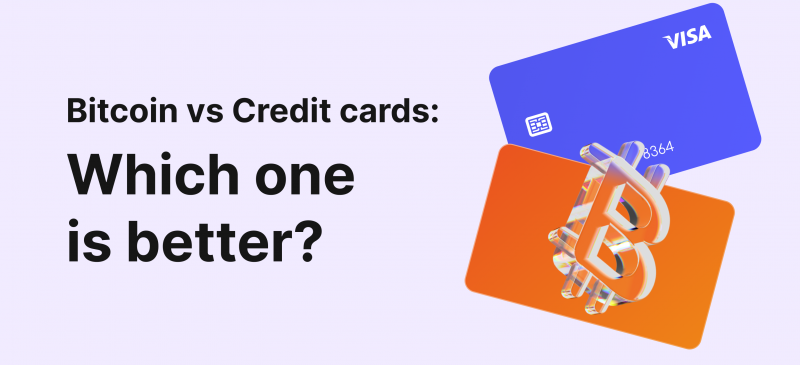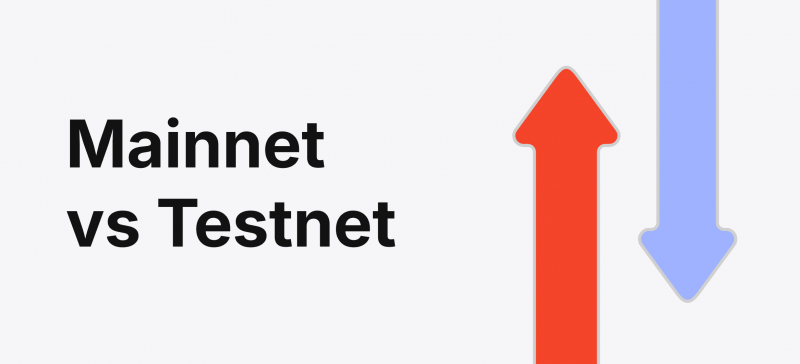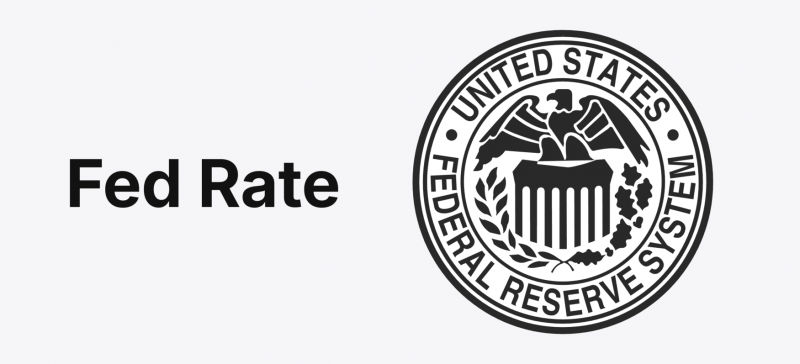Stablecoins are cryptocurrencies that are not quite like cryptocurrencies. How’s that? Let’s explain.
The volatility of cryptocurrencies deterred many investors and businesses from using decentralised coins because their values can change at any moment. An investor’s crypto holding may drop by 10% in two days without any activity simply because the market suddenly declined.
Stablecoins represent a significant solution by providing a stable asset as a digital payment method. However, unlike Bitcoin and Ethereum, they offer few opportunities to make money by trading because their values are fixed.
So, how do stablecoin companies make money? And can crypto users make any income using stable cryptocurrencies? Let’s find out.
Key Takeaways
- Stablecoins are decentralised coins that have fixed backings that ensure the currency does not fluctuate in value.
- Stablecoin issuers peg the currencies with fiat money, crypto assets or smart contracts to maintain a 1:1 fixing ratio.
- Stablecoin issuers make money by investing the coin’s collateral, issuing loans, and receiving fees from account management and transaction commissions.
Understanding Crypto Stablecoins
Stablecoins are blockchain-based currencies with a stable value in USD or EUR. Unlike most cryptocurrencies like Bitcoin and Ethereum, which change their value according to demand, speculation, and mining efforts, stablecoins maintain their value at $1.
This way, businesses and investors can use decentralised coins and digital assets without risking their value and away from unexpected market fluctuations.
Tether (USDT) is the largest stablecoin issuer, with $114 billion in market capitalisation and the third-largest cryptocurrency overall. USDC and EURC are also some of the most renowned stablecoins, fixed to the Dollar and the Euro, respectively.
How are Stablecoins Created?
Stablecoins can be centralised or decentralised, depending on the developing company. Financial institutions and organisations create these coins with financial backings and complex mechanisms that keep the currency’s fixed ratio to 1:1 with the underlying fiat currency.
Stablecoins can be collateralised by crypto/fiat currencies, commodities, algorithms or a combination of them. Smart contracts and blockchain oracles are two components that perform and maintain the pegging mechanism.
Smart contracts execute minting or burning operations to keep the balance, while oracles provide real market news and price updates to the smart contracts.

There are different stablecoin fixing mechanisms:
- Fiat-backings: Using cash reserves and treasury bills, such as USDT, USDC and EURC.
- Crypto-backings: Using cryptocurrencies and smart contracts, such as Wrapped Ethereum, which is fixed to the ETH price.
- Algorithmic pegging: Using smart contracts to mint or burn crypto based on market dynamics, such as DAI and TerraUSD.
- Commodity-backings: Using physical reserve assets like gold to supply the coin, such as XAUt and PAXG.
How Do Stablecoin Issuers Make Money
Unlike classic cryptocurrencies that change their value constantly, stablecoins do not provide income-generation or trading models. They solely serve as a means of payment. But how do stablecoin issuers make money?

Collateral Investment
The first stablecoin revenue model for developers is using the coin’s collateral and investing it in short-term income-generating schemes. For example, the most common pegged stablecoin, USDT, uses cash reserves, government bonds, crypto assets and corporate notes to support Tether.
The company can use these assets to generate income from short-term investments. However, stablecoins need to keep liquid assets when users cash out their USDT holdings.
As such, when users pay $1 to obtain 1 USDT, this cash enters the Tether’s vault. This money pool is then invested in money markets and short-term government bonds to generate interest revenue and keep the cash flow available when users give away their USDT and withdraw fiat money.
Accumulating Fees
Most users and businesses rely on exchanges to transact in USDT because Tether charges hefty account and transaction fees. Exchanges may charge tiny fees, such as $0.50 per operation, in addition to other gas fees that go to blockchain participants, i.e. miners and validators.
However, exchanges must deal directly with the issuer to acquire USDT and offer it to businesses and individuals. Tether charges a $150 account verification fee when setting up an account directly with the developer. There are also 0.1% commissions when buying or selling USDT through the company, with $100,000 being the minimum allowed account.
This stablecoin business model creates a significant source of income for Tether.
Issuing Loans
Stablecoins issuers can utilise their significant cash holdings and reserves to offer loans to decentralised/centralised exchange platforms. For example, Tether issued a $1 billion loan to Celsius Network, a decentralised exchange platform.
Stablecoin interest rates can create a significant source of income, with Tether charging a 5%-6% rate of return annually.
Celsius exchange announced bankruptcy in 2022, which was attributed to Tether liquidating Celsius’s Bitcoin collateral to get its loan back. The exchange eventually shut down in 2024.
Stablecoin Regulations in 2024
The European Union established the Markets in Crypto Assets in 2022 to govern the cryptocurrency and stablecoin development and avoid another coin crash or organisational bankruptcy. The MiCA regulations were passed in 2023, and their adoption started in 2024.
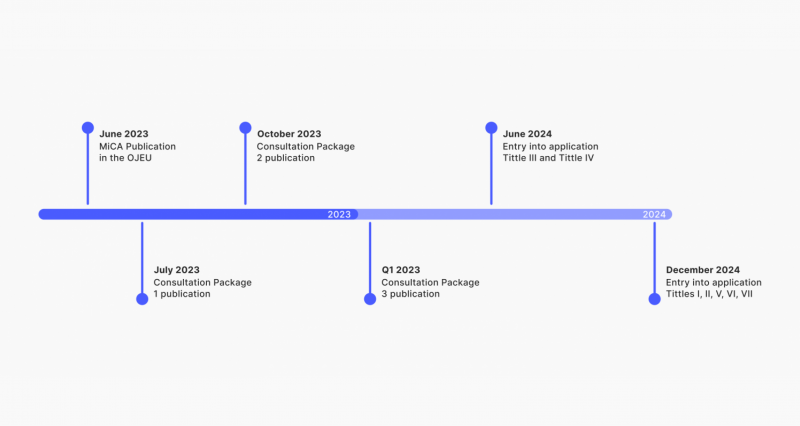
The regulations require single-fiat-backed stablecoins to have cash reserves, including Euros, as collateral. Otherwise, issuers might face hefty penalties, such as maximum daily transaction limitations and other application restrictions.
The body introduced more stringent frameworks for algorithmic stablecoin pegging, requiring air-tight guidelines for the fixing mechanism, with ongoing technical auditing and contingency-plan cash collateral.
These regulations will promote the European digital economy and protect the investors’ rights, eliminating economic backfalls and systematic glitches from causing major damages.
Rising Trends in Stablecoins
With the unreliable performance of the USD and spiking inflation rates in Europe, stablecoins have become much more popular assets in 2024. The market capitalisation of top stablecoins, such as USDC, EURC and USDT, increased dramatically over the last six months.

Stablecoins in Business
Startups, companies and multinational corporations increasingly realise the importance of stablecoins as a decentralised digital currency that promotes transparency and control. Stablecoins also provide cost-efficient advantages over central banks.
- Circle company reported a 59% increase in USDC wallets, raising the overall number to 2.7 million wallet users.
- Tether has also reached an all-time high market cap, entering the $114 billion region in July 2024.
- PayPal’s newly issued stablecoin, PYUSD, grew massively and peaked in June 2024 at $423 million in market capitalisation, recording a 166% YTD growth rate.
Arbitrage trading
Arbitrage is an advanced trading strategy where investors take advantage of tiny price discrepancies between different exchanges. These differences happen due to natural market dynamics between physically dispersed locations, distinct demand and supply factors between platforms, and other market conditions.
Despite having a 1:1 pegging system, stablecoins can momentarily drop and rise around the $1 level. This divergence does not last too long, and the price recovers quickly.
However, traders can be fast enough to implement their crypto arbitrage strategy and take advantage of these tiny price jumps to make earnings.
Stablecoin Scams
Cryptocurrencies are often used by scammers and illegal financial operators who lure users into purchasing forged coins or committing fraud to earn significant profits. However, there has been a rising trend with the stablecoins.
In 2023, stablecoins accounted for 70% of scam activities. Most of which were used by sanctioned entities and fraudulent schemes. A popular practice is tracking newly issued stablecoin and creating a fake copy of it.
When PayPal created its PYUSD stablecoin in 2023, around 30 fake coins holding similar names were created. One of them succeeded significantly and embezzled over $2.5 million in trading volume.
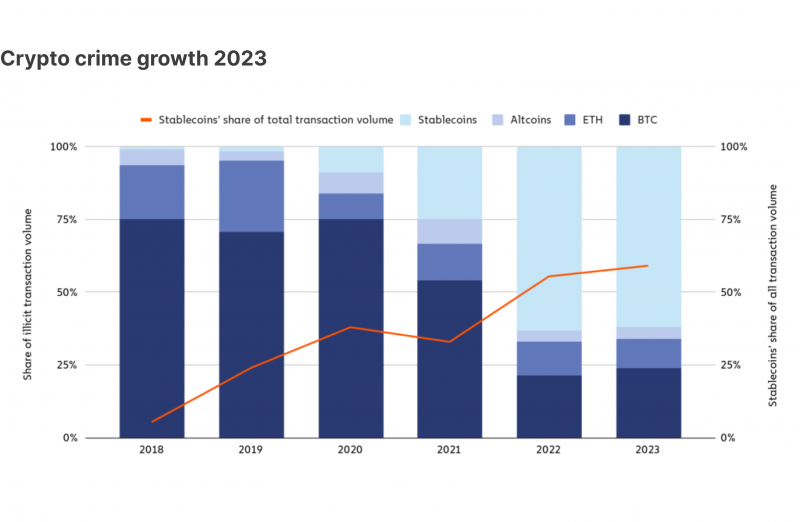
Conclusion
Stablecoins are a great addition to the decentralised world. They offer a great combination of cryptocurrency and fiat money, enabling businesses and investors to transact with decentralised money without volatility risk.
With no trading value and almost no price volatility, how do stablecoin companies make money? Coin issuers implement different business models to generate income. Moreover, they can receive loan interest income and accumulate fees to maintain and grow their financial backing.





